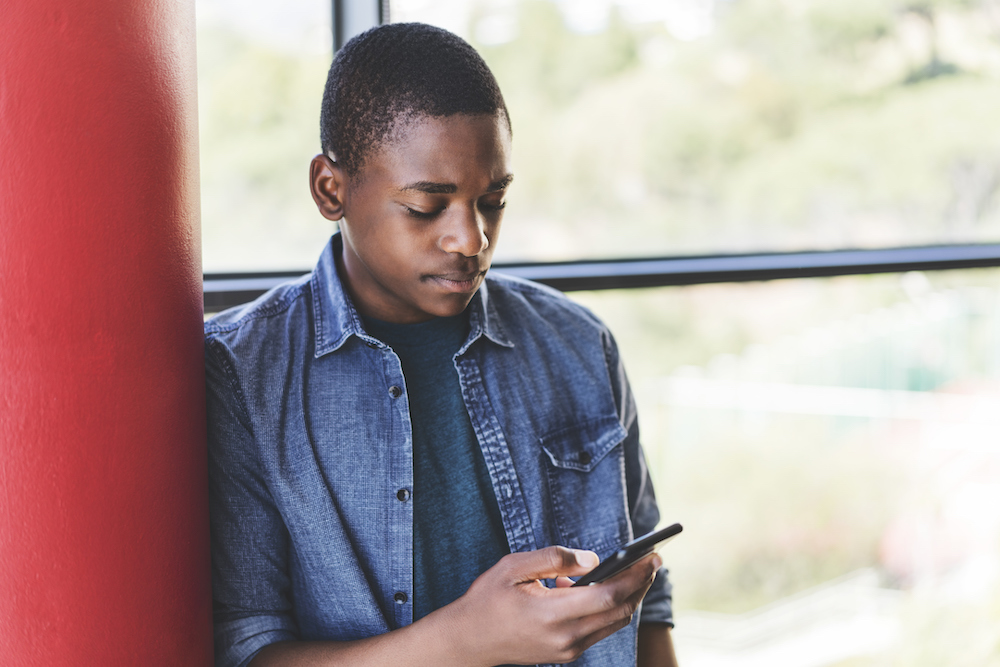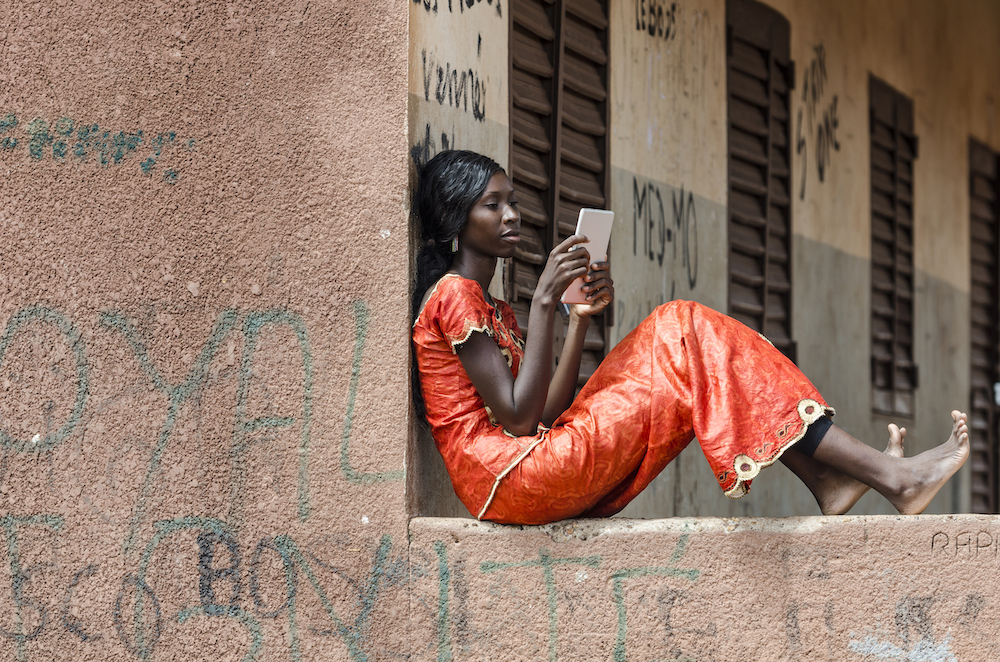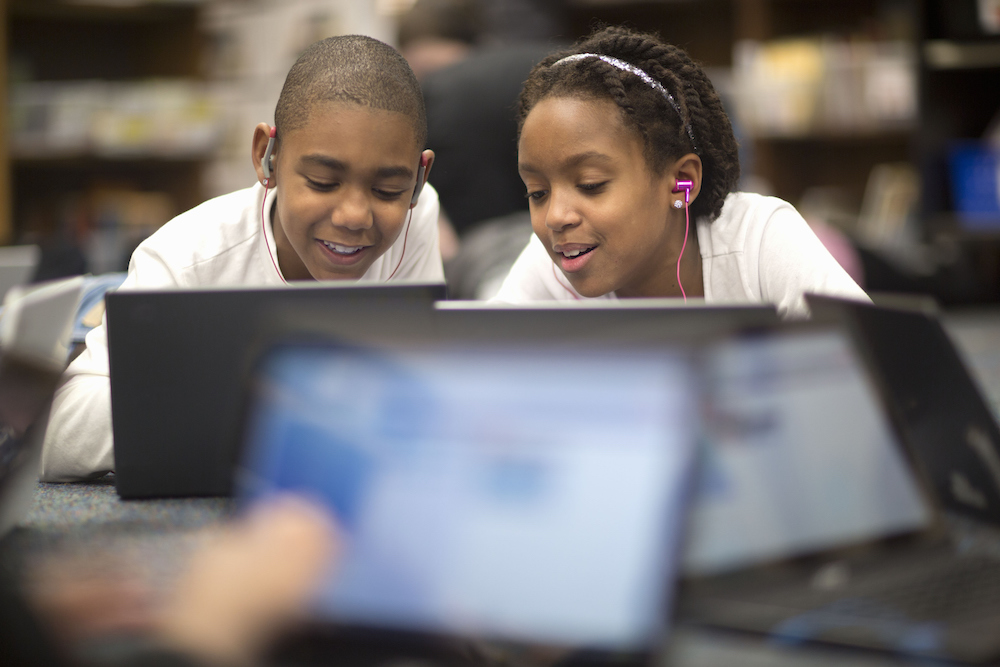Lesson Overview
Students will learn about the concept of advocacy by identifying an issue that affects their community and brainstorming two changes that they want to see in the future concerning that problem.
Students will learn about the concept of advocacy by identifying an issue that affects their community and brainstorming two changes that they want to see in the future concerning that problem.

Ready?
Begin Lesson
There are many aspects of our communities and surroundings that we appreciate. Maybe we are grateful for our friends. It could be that we enjoy getting to play on a particular sports team. Perhaps we love having the opportunity to listen to new music from artists we like.
However, sometimes there are aspects about our community that doesn’t sit well with us. Maybe the school just put a new dress code in place, requiring expensive clothes that we cannot afford. Perhaps an elected politician is trying to create laws that don’t consider our needs. It’s possible that the transportation options where we live are not designed to take us to the places that we need to go.
Let's say you noticed that you had to take several buses and a long walk to reach the nearest supermarket.
In these kinds of situations, we often feel like things might be better if we were able to change what bothers us. This desire to stick up for causes that you believe in and create change is called being an “advocate.”
Now we are going to identify one issue in your community that you’re passionate about and some next steps you and the community might take to solve a problem.
Split students into groups of three. Give each group time in the current session and at least two full days to 1) research a problem impacting their community, identifying at least two ways the issue is affecting their community and two ways to potentially solve the problem, and 2) develop a poster that provides information on the identified issue and potential solutions that they will present to the larger group as part of a “gallery walk.”
In your groups:
Each group must identify at least two ways the issue is affecting their community and two potential ways to solve it.
Be creative: Take photos and paste them onto the poster (ideally, make sure students have access to a printer) to illustrate the problem and/or the solutions or use flowcharts, graphs, and charts to communicate the extent of the problem and/or the solutions.
Each poster should “stand-alone” — in other words, the poster should have enough information on it so that someone can view/read it and understand the issue and potential solutions without a group member’s explanation.
Give each group enough time to engage in research and develop their posters. Make sure that you are available for questions and technical support. When the larger group reconvenes, have students hang the posters on the wall, give the larger group 20 minutes to walk around and look at others’ posters, then allow about 30 minutes to have each smaller group present their poster to the larger group.

Congrats!
You've finished the lesson

Students will learn how to keep their online information more secure by using and maintaining strong passwords.
View Page
Students will learn to recognize unsecured Wi-Fi when it is available to them, understand the trade-offs inherent in using unsecured Wi-Fi, and make informed decisions about when to connect to and use unsecured Wi-Fi.
View Page
Students will learn about malicious online users who might attempt to use security weaknesses to gather information about them.
View Page
Students will learn what information verification is and why it is important for news consumers.
View Page
Students will learn about a five-step checklist they can use to verify the origin, source, date, location, and motivation of news.
View Page
Students will learn how to keep their online information more secure by using and maintaining strong passwords.
View Page
Students will learn to recognize unsecured Wi-Fi when it is available to them, understand the trade-offs inherent in using unsecured Wi-Fi, and make informed decisions about when to connect to and use unsecured Wi-Fi.
View Page
Students will learn about malicious online users who might attempt to use security weaknesses to gather information about them.
View Page
Students will learn what information verification is and why it is important for news consumers.
View Page
Students will learn about a five-step checklist they can use to verify the origin, source, date, location, and motivation of news.
View Page